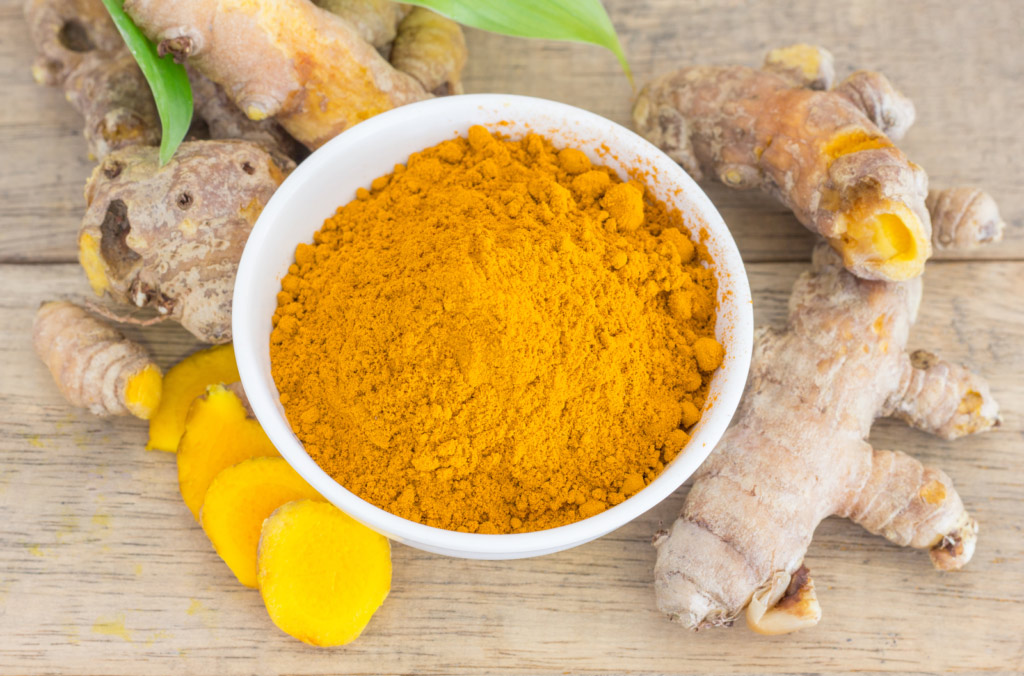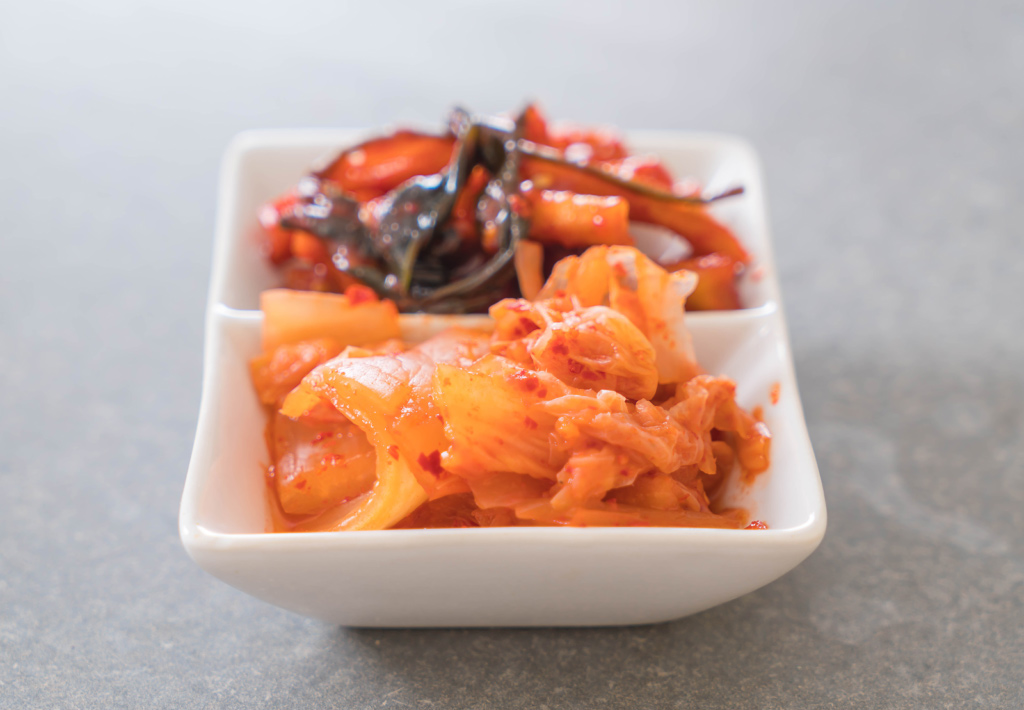Asian meals’ ingredients
Asian meals when compared to western meals focus predominantly on the use of plants and vegetables, rice and grains, seafood, poultry and fruit. Herbs and spices are also commonly used. They infuse into the ingredients and allow them to come together in blissful harmony in your mouth.
We all know Asians age wonderfully! Is the secret to eternal youth in their food… well, maybe it is.

Turmeric
Used a lot in the Indian cuisine
Benefits :
- Anti-inflammatory
- Antioxidant
- Antimutagenic
- Antimicrobial
- Anticancer agent
In one study, the use of 1500g/day of turmeric for 30 days by a group of smokers reduced the amount of mutagens (something that changes our DNA and increases the likelihood of us getting cancer) found in their urine (Polasa et al., cited in Prasad & Aggarwal, 2011).
In another study, a dose of 144mg/day given for 8 weeks to a group of people with irritable bowel syndrome was found to relieve their abdominal pain. (Bundy et al., as cited in Prasad & Aggarwal, 2011).
Cumin
Benefits :
- Anti-fungal
- Anti-bacterial
Cardamom
Benefits :
- Treats stomach and intestinal spasms and gas
- Increases the movement of food through the intestine
Garlic
Along with ginger, it is used in many Chinese, Thai and Vietnamese dishes
Benefits :
- Anti-tumor
- Anti-fungal
- Anti-microbial
- Reduces serum total cholesterol and LDL cholesterol, moderately raises
HDL cholesterol in diabetic patients
Ginger
Benefits :
- Anti-inflammatory
- Antioxidant
- Potential anti-cancer
It has been found to be preventative against some gastrointestinal cancer.

Kimchi
Staple in the Korean cuisine
Benefits :
- Source of probiotics
- Increased immune health
- Anticancer
- Antiobesity
- Anti-atherosclerotic
Fish
Commonly used in the Japanese cuisine. In fact, Japan is one of the largest consumers of seafood in the world.
Benefits :
Rich in omega-3 fatty acids → good for eye and brain health
Try incorporating some of these ingredients into your next dish and you too will be able to reap the many nutritional benefits they bring along!
Don’t have time to try using these ingredients in a meal? Here at eatology, we provide Asian meals that can be delivered right to your doorstep. Feel free to contact us if you want to know more!
Credit for turmeric photo:
<a href=’https://www.freepik.com/free-photo/turmeric-powder_1326905.htm’>Designed by Freepik</a>
Credit for kimchi photo: <ahref=”https://www.freepik.com/free-photo/chinese-cabbage-squid-and-radish-kimchi_1239868.htm”>Designed by Freepik</a>
References:
Bayan, L., Koulivand, P.H. & Gorji. A. (2014). Garlic: a review of potential therapeutic effects. Avicenna Journal of Phytomedicine, 4(1), 1-14.
Prasad, S. & Tyagi, A.K. (2015). Ginger and Its Constituents: Role in Prevention and Treatment of Gastrointestinal Cancer. Gastroenterology Research and Practice. 1-11.
Mnif, S. & Aifa, S. (2015). Cumin (Cuminum cyminum L.) from Traditional Uses to Potential Biomedical Applications. Chemistry and Biodiversity, 12. 733-742.
Prasad, S. & Aggarwal, B.B. (2011). Herbal Medicine: Biomolecular and Clinical Aspects. 2nd edition. CRC Press/Taylor & Francis.


